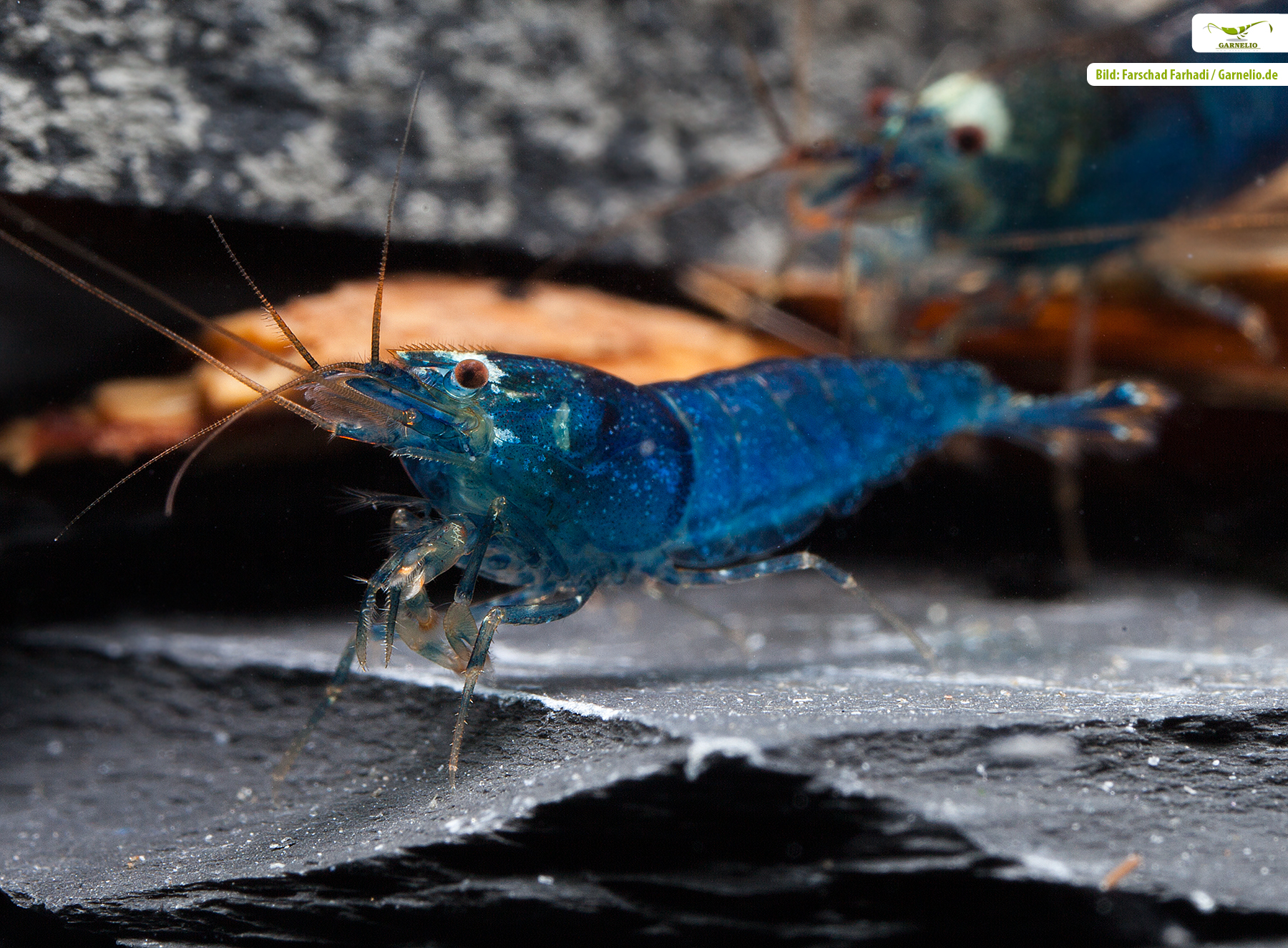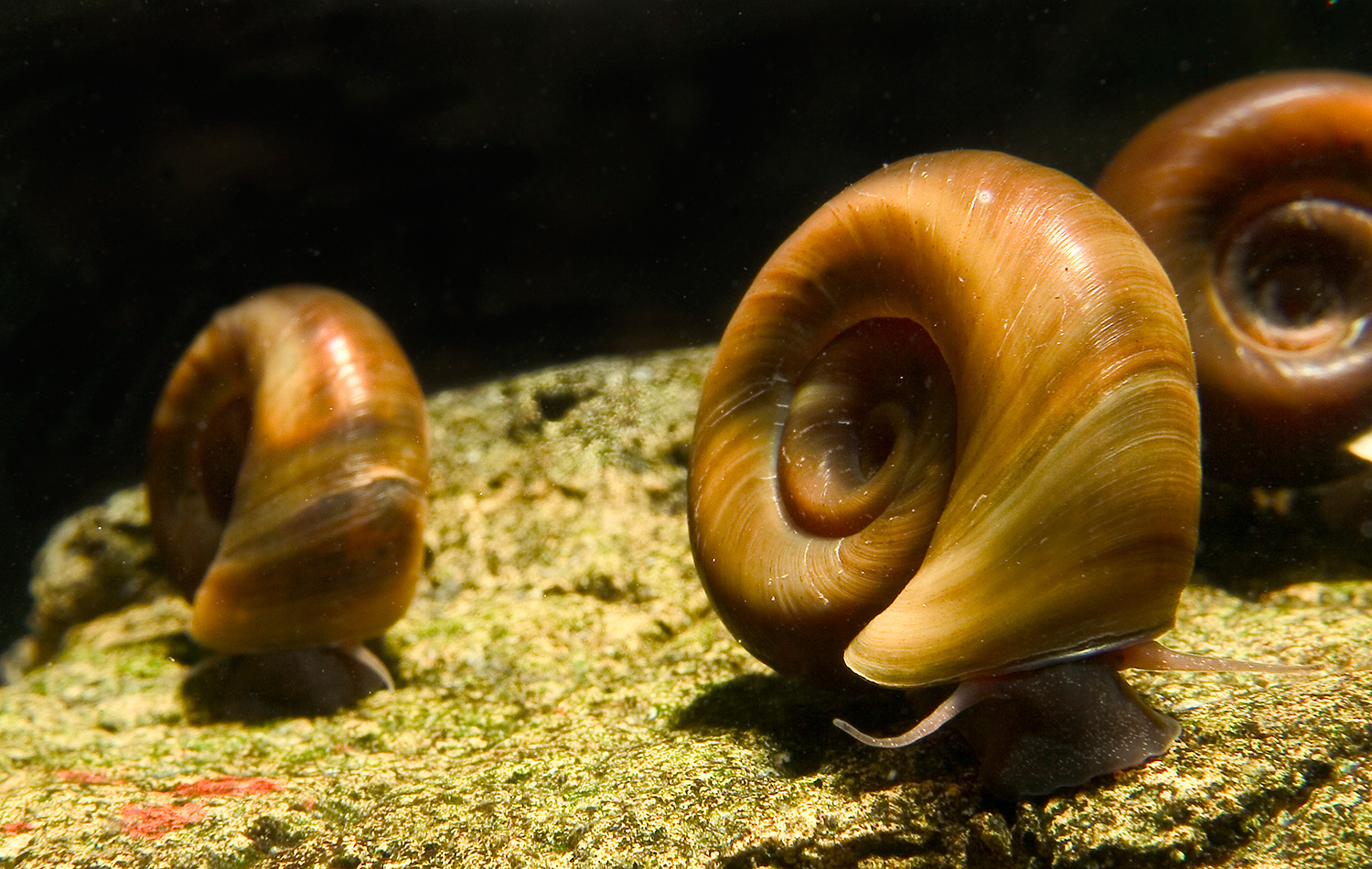Is it possible to have an aquarium without plants?
An aquarium without plants - Is this even possible?
Is it even possible to run aquariums successfully without plants? If we look at the habitats of the popular bee shr imp and other shrimp from South Chinese streams, we find that there are no higher plants at all where the shrimp are found. For some shrimp species from Sulawesi, the temperatures in the aquarium are much too high for plants. With many species of crabs and some snails such as Marisa cornuarietis, it is relatively pointless to plant the aquarium because the greenery is eaten faster than it can begin its beneficial work. Various species of fish also have great appetites for greenery, so perches in particular are kept in tanks without plants. As we have often heard, plants keep the aquarium system stable, they compete with algae, they produce oxygen and break down organic waste. Can an aquarium without plants or with few plants run stable at all? How does the biological system work in such a tank?
Of course, our animals should be kept as species-appropriate as possible. Fish and invertebrates from plant-rich waters need the cover provided by plants, so they should not be kept in an aquarium without greenery to avoid stress. Plantless also does not have to mean that the aquarium is bare. For example, crayfish need plenty of hiding places and opportunities to avoid each other even if there can be no to few plants in their tanks because they eat them or clip them off.
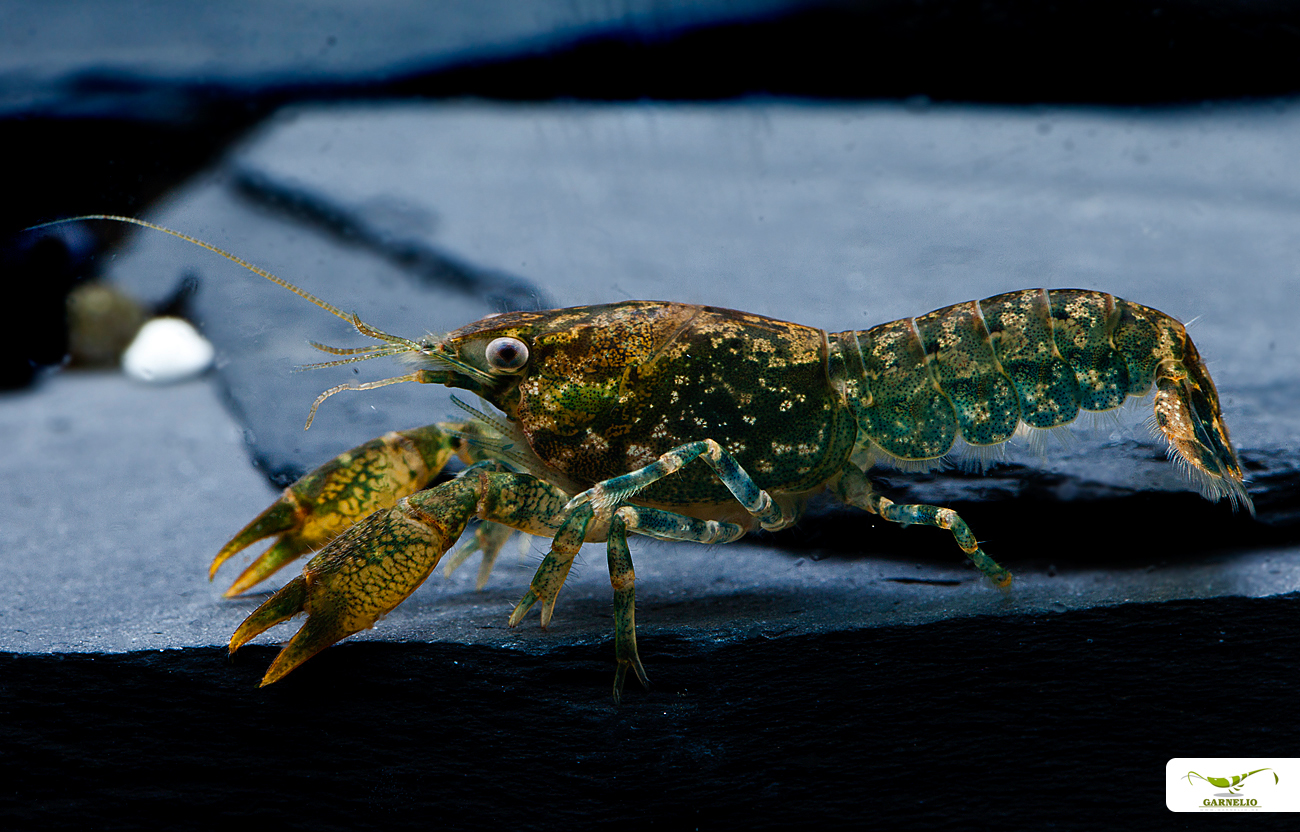
Basins with few plants for shrimp breeding
Especially in breeding tanks for shrimps, rich planting is often omitted for the sake of clarity. Some moss provides hiding places for the animals, but otherwise shrimp breeding tanks are often relatively bare. This does not harm the animals, provided that the water values still meet their needs.
The care of a plantless aquarium
With proper care, plantless aquariums and aquariums with few plants can run stably - the effort required is not much more than for planted aquariums, just different. Since there are no plants to take organic pollutants out of the water, we have to manage degradation products like ammonium and especially nitrate differently.
Basically, the same applies in aquariums without plants: Prevention is better than cure. An excessive organic load of the water occurs when the stocking is too high, too much is fed or too little water is changed.
How do I keep the organic load of the water low?
If there are too many animals in the aquarium, the organic waste content increases rapidly due to their excretions - if there are no plants in the tank, it can become critical. The stocking in an aquarium without plants should therefore be kept rather low.
Too much food also has a negative effect on the water quality and can lead to a high organic load. Restraint in feeding is even more important here than in a planted tank. The food should also be chosen carefully - high-quality, well-digested ingredients are active water protection, because here not so many nutrients are excreted undigested, which would then pollute the water. We have taken this into account, for example, in the development of our NatureHolic feeds.
By changing the water, pollutants are discharged and the resulting addition of fresh water further dilutes them. In a plant-less aquarium, therefore, water should rather be changed a little more often and more. In particular, the nitrate value can rise sharply, which can lead to skinning problems in invertebrates. This can be counteracted by a weekly water change of approx. 50%. However, if the tap water also contains a lot of nitrate, this may not be sufficient. Then you have to take other measures.
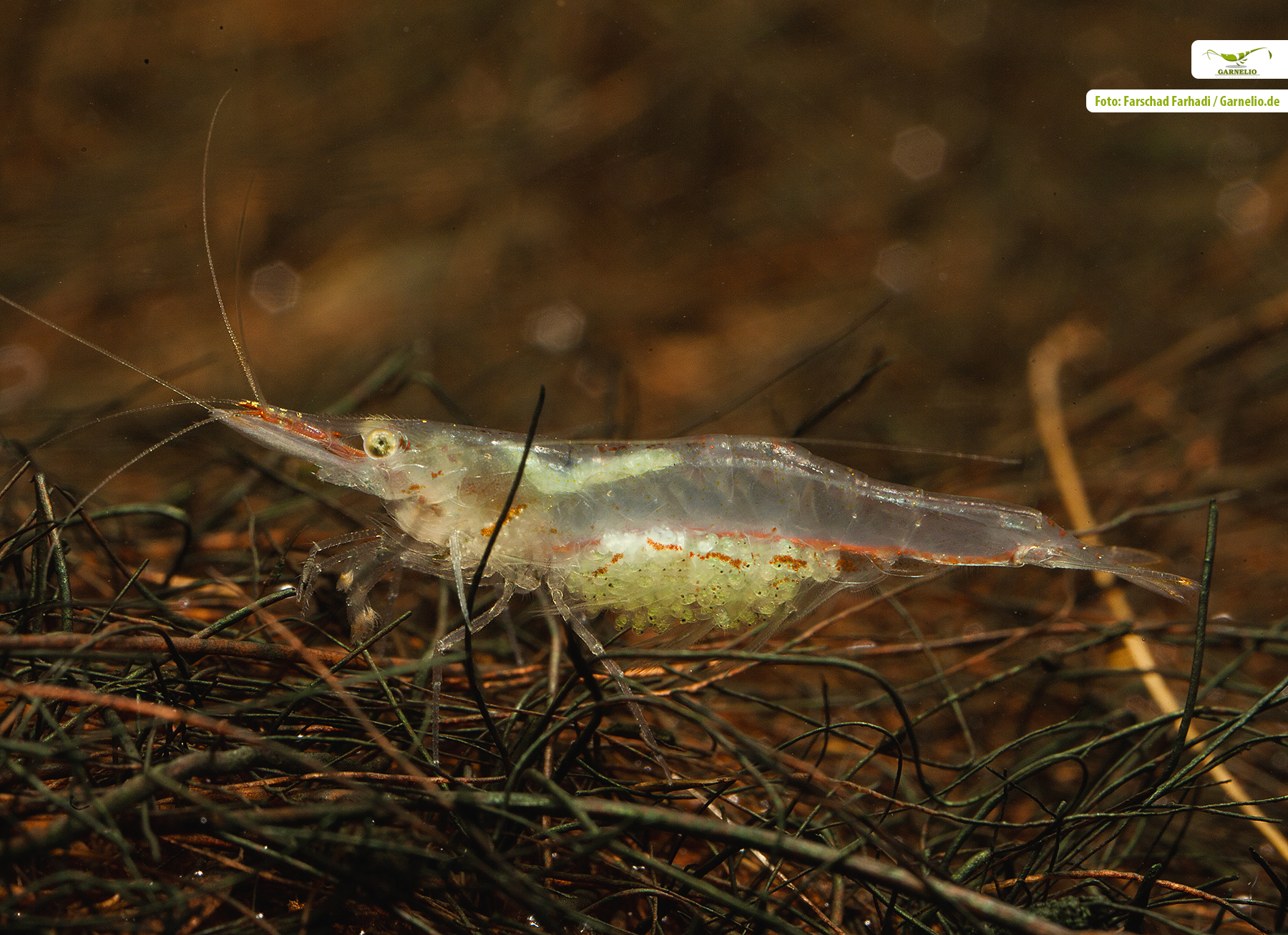
How do I actively reduce the nitrate value?
If the water test regularly shows a nitrate value of 20 mg/l or more and water changes do not bring any improvement, you can, for example, connect several external filters in series. It is important to know that filter bacteria need oxygen to be able to work. In an oxygen-deficient environment, some species can switch to nitrate respiration - in other words, they break down the nitrate molecule (NO3) and consume the oxygen thus produced. Harmless nitrogen gas (N) is produced as a waste product, which then escapes from the filter via the hoses and causes no further damage. If two or more external filters are connected in series, the oxygen is consumed by the bacteria in aerobic reactions in the first filter pot. In the downstream filter pots, an anaerobic environment is then created in which nitrate is consumed.
If you want to or cannot put several external filters, there are also nitrate-reducing filter materials that you can put in the filter.
Aren't there more algae problems in plant-less tanks?
If you find a way to keep the nitrate in the water short through filtration, water changes, a low stocking level and adapted feeding, algae plagues are not an issue at all, even in a plant-free aquarium. The few algae that still appear can be kept in check by a few carefully selected algae eaters. An adapted lighting time, which is significantly reduced compared to planted aquariums, can also work wonders here.
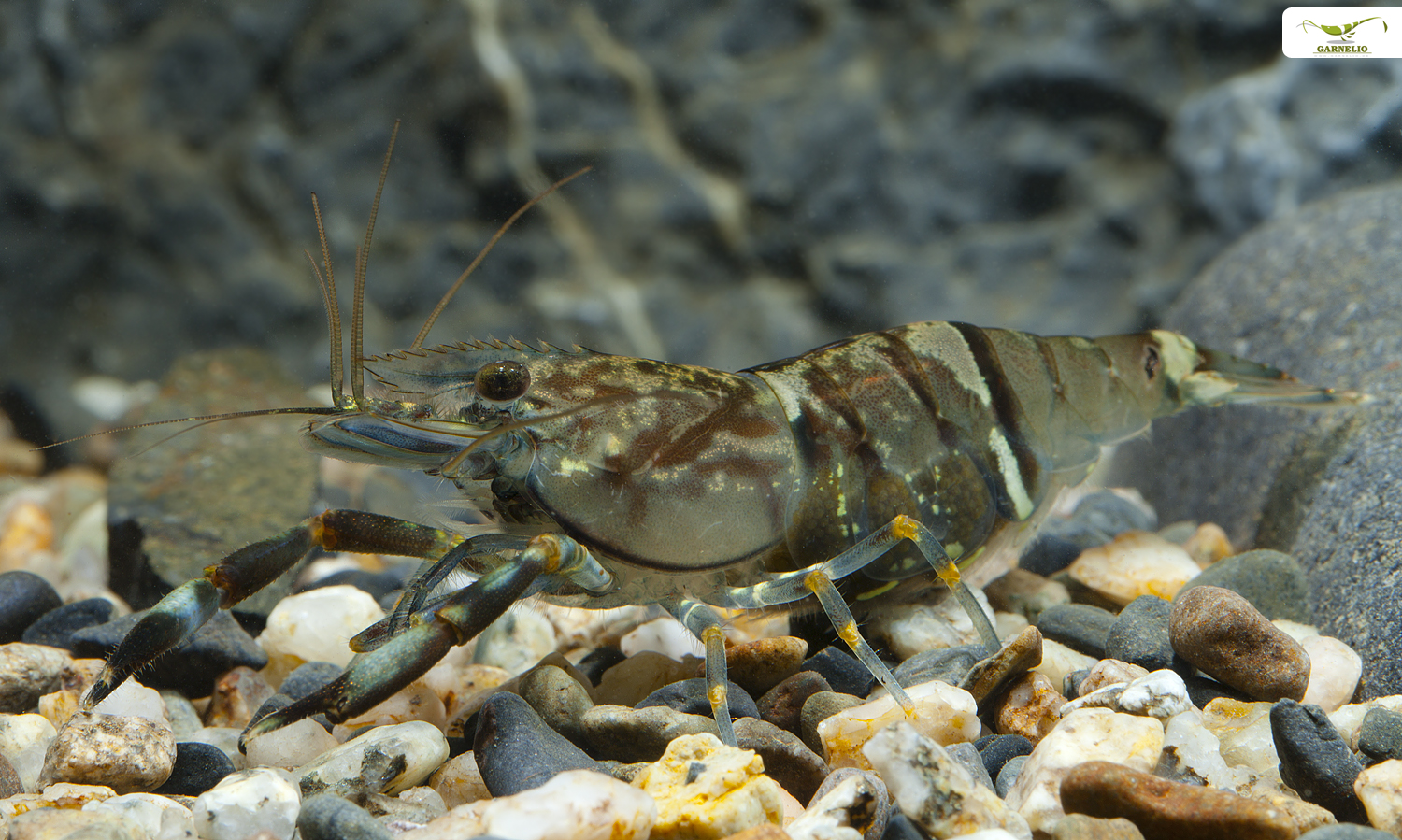
Setting up, running in, initial stocking
A plant-less aquarium or an aquarium with only a few slow-growing plants such as some moss is basically set up and run in the same way as an aquarium with lots of greenery. The aquarium is not stocked until the water values are stable and within the optimal range for the planned stocking. Since there are no plants to buffer nutrient peaks, the first stocking should be done very carefully - here it is important not to fill the aquarium with animals immediately, but for example to put in a few snails first, then a few days later a group of shrimps (or a few fish or a pair of crayfish). Basically, you can put more shrimp than fish or crayfish, because they put much less strain on the water than the scales or scissor knights.
Which animals are suitable for plantless aquariums?
For fish, the cichlids from West Africa spontaneously come to mind. In Lake Malawi and Lake Tanganyika they also live in the wild in largely plant-free waters. Also goldfish are often kept in (of course sufficiently large) aquariums without plants, because they help themselves mercilessly to all fresh green that comes before their mouths. Strong herbivores also include snails such as the paradise snail Marisa cornurarietis, which can turn a green hell into a desert within a short time. The aquarium planting is also not safe from some crayfish - what stands in the way is cut off, dug up or eaten altogether. If you don't want to garden all the time, a plantless aquarium (in which the animals still have to be provided with sufficient plant food) is an option.
Even unplanted tanks can be decorated with beautiful roots and interesting stones and thus create an eye-catcher of a completely different kind.
